Introduction
This blog will cover the basics of serialization and the three most common methods of serialization in Unity: JSON, XML and Binary.
Serialization is the process of converting an object into a form that can stored or transported easily. Objects are instances of classes and they are converted to a stream of bytes. This stream can then be stored as a file, saved onto a database or sent over internet to a web service. The reverse of this process, converting a stream which can be a file or a string into an object is called deserialization. It's easier to understand it using a simple example. In this example, the player details need to be saved, so that when the players replays the game, the details are already available to them. They don't need to provide it on every game session. When the player inputs his details into PlayerData object the state of the object is serialized and stored as a file. In the next play session the saved file is deserialized to recreate or clone the same state of our object. JSON and XML are two common standard serialization formats and both of them are shown in the image below. These standards have their own pros and cons and will be discussed later. Serialization is used extensively by the unity game engine itself for things like saving data of MonoBehaviours and scriptable objects, editor scripting, prefabs, instantiation, saving and loading your scenes etc. This post will only focus on the use of serialization that you may encounter in a game. Uses of Serialization
JSON SerializationJSON is the most preferred data exchange format for the internet. Web browsers and servers continuously use JSON to communicat between each other.
PlayerData Class
JSON Serialization and Deserialization
JSON Output XML Serialization
XML Serialization and Deserialization XML Output JSON vs XML
Binary SerializationBinary serialization converts and object into a binary format, which is a byte stream.
Binary Serialization and Deserialization This blog post covers how emergent gaming tools and technologies have been used to make high-fidelity defence simulation, including LVC (Live, Virtual and Constructive) simulation which is the way ahead for most military simulators. The LVC Simulation was done atop a high-fidelity terrain reconstruction which was mapped in-house via a Drone operation. The high-fidelity, one-to-one scale terrain already had about 30times the resolution available from Google earth, and was then made interactive and compliant with an LVC Simulation architecture where troops and tanks could train simultaneously. The concept was successfully demonstrated and highly appreciated, as part of CII & Indian Army’s Seminar on Simulation, conducted by the Army Design Bureau. This is part 2 and concluding post on the entire exercise, and part 1 covers the aerial mapping of the terrain via a drone here. High fidelity synthetic terrain recreationThe attached graphic illustrates the entire pipeline of constructing the high-fidelity terrain for the simulation exercise. Major parts are further explained below.
The image below, shows the synthetic terrain (virtual) constructed via the above pipeline.
|
Follow updates
Categories
All
Archives
February 2017
|
SIGN UP FOR OUR NEWSLETTER
|
GET OUR APPS
|
|
|
|
|
CONNECT WITH US
|
|
|
|
All rights reserved. Threye Interactive Pvt Ltd. 2021

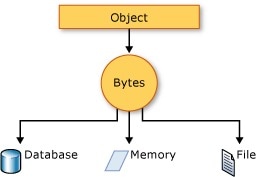
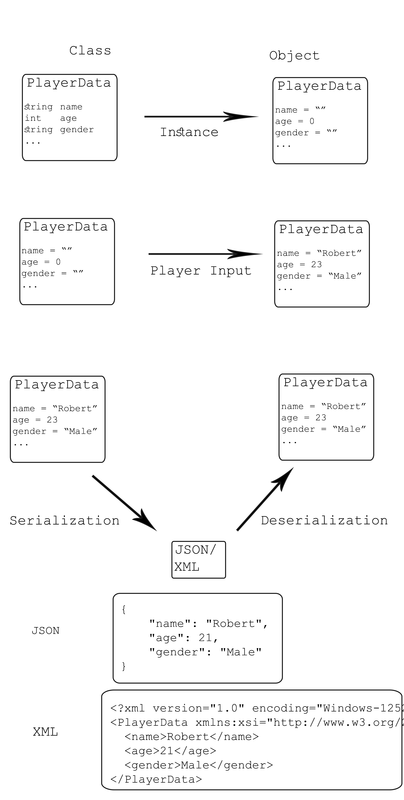
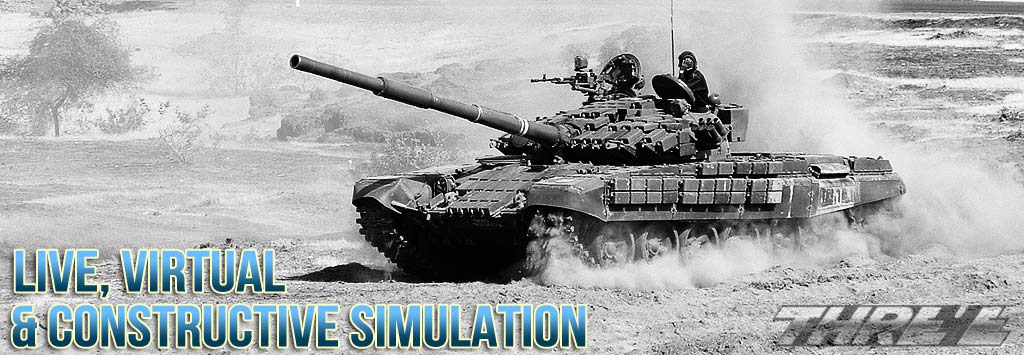
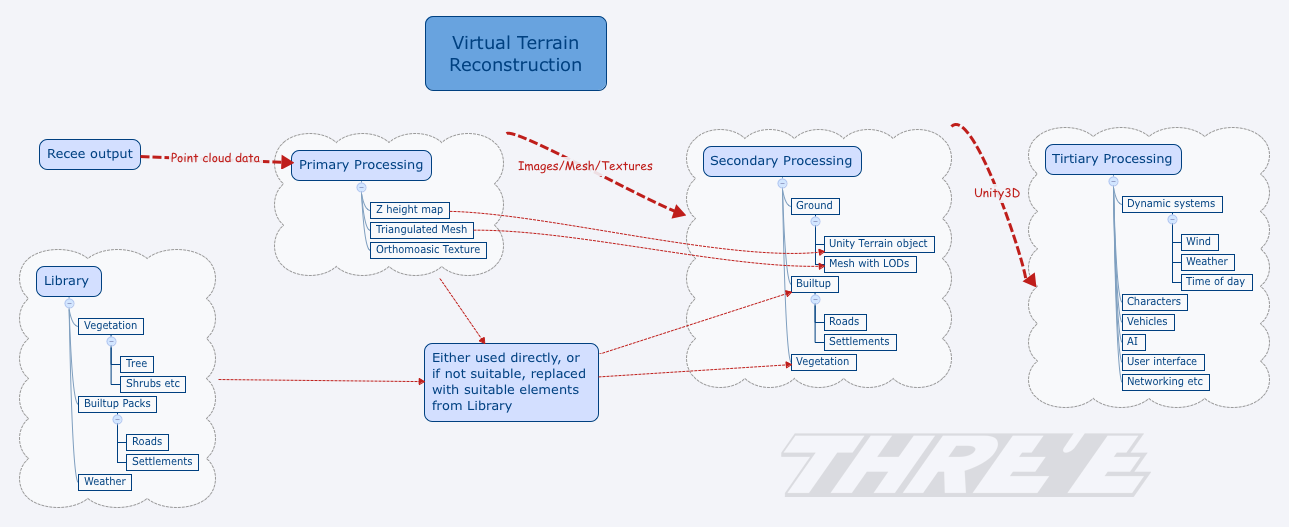
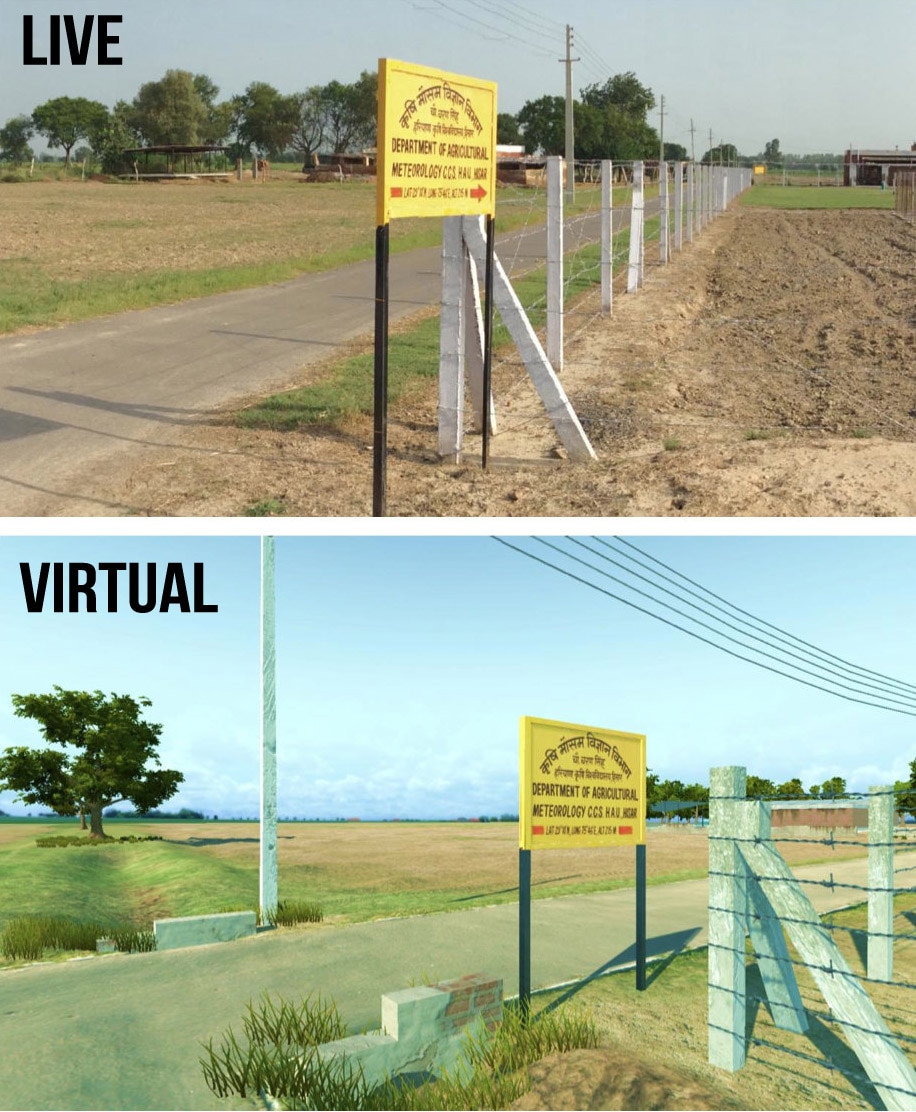
 RSS Feed
RSS Feed